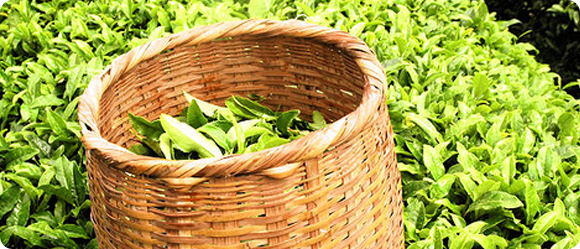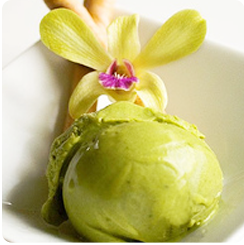Cultivation

Care, attention, time…
Matcha is cultivated and processed in a completely different way from regular green tea. The care and attention given to produce this tea is the reason it’s so much better for you. It’s also why its more expensive than regular green tea. Given it’s unique properties, benefits and taste, we think you will agree that it’s worth it. The steps involved are:
Shading the leaves
The leaves used in matcha are shaded with reeds about three weeks before harvest. Gradually straw is spread on top of this to shut out more and more sunlight. This causes the leaves to grow thin and wide to capture the unlight. They also produce large amounts of chlorophyll resulting in a deep green leaf with a full flavour.
Picking the leaves
Timing is crucial to any harvest and only a master can judge the right time to pick the leaves. For the higher grade varieties, only the top leaf and bud are taken. This is done by hand in April or May depending on location.
Steaming
The crucial difference between Japanese and Chinese tea is that Chinese teas are pan-fried to stop oxidation. Japanese leaves are immediately steamed to lock in the nutrients that would be lost due to fermentation.
Drying and Storage
The steamed leaves are dried and folded out. Now known as tencha, they are stored in wooden boxes at cold temperatures to be retrieved for the next stage of processing as needed.
Selection
The tencha undergoes a rigorous sorting process where stalks, veins, straw and any leaves lacking freshness are removed. It is also cut into equal sized strips to facilitate the grinding process.
Grading and blending
To ensure a balanced blend, each batch of tencha is graded according to taste, colour,fragrance and blended together according to their properties by the master blender.
Grinding
The blended tencha leaves are ground by stone mortar to a fineness that surpasses make-up. Only stone grinders can achieve this and the metate who maintain them at optimum effectiveness take 10 years to learn their craft. Even so, each grinder can only produce about 40g, or one tin, an hour! More rapid grinding would burn the leaves.
Packaging and Storage
The powder is packaged in airtight containers and stored in cool conditions before being shipped to the customer.
So in many ways, creating matcha is like creating a fine wine. At this point in time, only Japan has the tradition and craftsmanship to produce real matcha. We are very privileged to work with award-winning Japanese producers who are constantly striving to improve all aspects of their tea.
If you find matcha at prices that are too good to be true its almost certainly because its a cheap powdered tea using inferior tea leaves and vastly inferior processing methods leading to a loss of most of the nutritional content. Real matcha is expensive to produce but will have an emerald green colour and rich full taste. Don’t accept substitutes.

